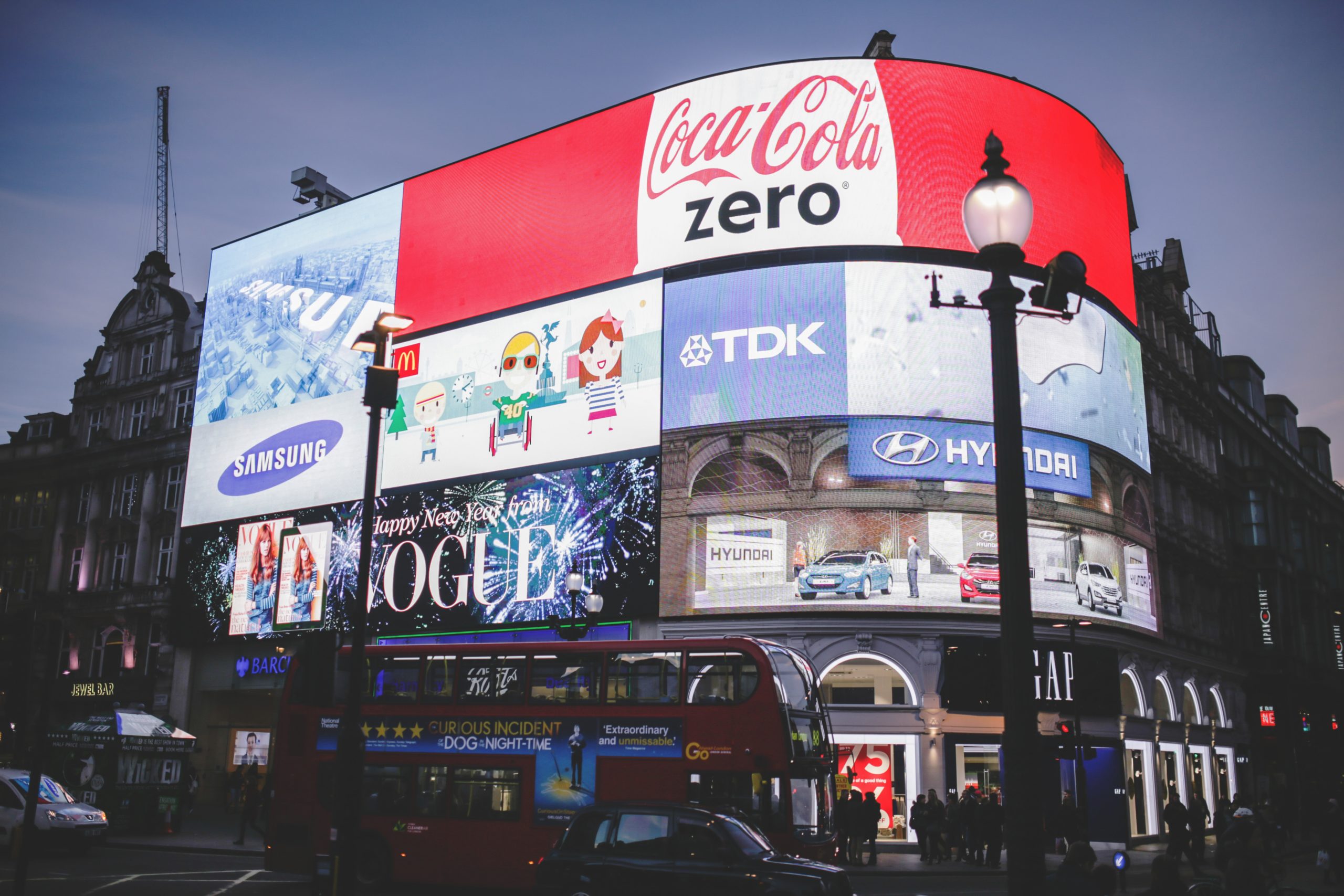The Power of TV
The march of the Covid-19 pandemic has proved to be detrimental to many industries and businesses across the globe, as well as to consumers and the general public.
We have been witnesses to a range of reactions from various countries across the world; we have seen several employee retention and business owner schemes introduced by the UK government to assist in combatting the financial uncertainty that the pandemic brings; and we have all found ourselves changing our late afternoon routine by tuning into BBC1 at 5 o’clock for the daily government update.
In fact, whether it’s binge watching a new-found love, or re-watching the same series of Friends because the thought of finding something new is too taxing, I think it’s safe to say that we have all been consuming a lot more television over the last couple of months.
TV is on the up…
…as you would expect. It is a basic human need to understand the virus which in turn has led to greater media consumption across all channels, not just television viewing. With that said, Gill Hind from Enders Analysis confirmed that commercial TV viewing in the UK alone is up by 15%, whilst the BBC is the main beneficiary of all TV viewing in the UK, being many consumers’ news hub of choice for the pandemic.
In addition, streaming services have also taken advantage of this increased consumption, with Netflix’s latest subscriber report illustrating an incremental jump of 16 million subscribers, and Disney’s convenient launch of ‘Disney+’ at the beginning of the lockdown.
On the other hand, Gill reported that TV Advertising is set to record its highest decline ever by between 30-50% in terms of revenue generated. This is likely to be driven by market uncertainty, as advertisers seek to preserve cash and take fewer risks with their marketing budgets. However, is that necessarily the best route to take?
Joe Moeller doesn’t think so – in fact, he thinks that “we need to work hard to ensure that we maintain mental and physical availability to the greatest extent possible. This is not a time to retrench.” – Joe Moeller, CFO, Procter & Gamble.
With current circumstances taken into consideration, I would be inclined to agree with Joe. Branding is currently more important than it has ever been, and in order to get the most out of consumers, brands need to be in the relevant set and be at the front of minds of people when making decisions.
A study conducted by Kantar in March this year showcases that out of the 25,000 respondents asked What do you expect from brands in times of the Covid-19 crisis?, only a small minority – under 10% – would expect brands to stop advertising all together. As humans in this modern age, we’re so used to being exposed to TV advertising on such a scale that a major reduction can actually cause a sense of disturbance or confusion with the average customer.
With that said, expectation is not the same for all consumers, especially when segmented by age range. Another recent survey, this time conducted in Italy, from Ral Publicitta asked its consumers: What could a company do today through communication?

A major finding here is that all age groups agree that communication should be steered towards teaching consumers what the company is doing for society in the crisis – which then makes us as advertisers ask the question – what is our purpose during this crisis, and how can we communicate that?
Another observation was that while older generations tend to expect patriotic and communal communications from brands, younger consumers are more receptive to entertainment in communication. These generational idiosyncrasies may prove invaluable to creatives and strategists in coming months.
The effects of stopping brand advertising
Recent studies conducted across Europe have shown that sales can be adversely impacted if branding is ignored or stopped all together. Specifically, it is reported that:
- The sales volume of a product takes about five years to recover from a one-year advertising break
- If advertising expenditure is halved the restoration of the original sales volume will take about three years
David Brennan, Research & Strategy Director 2008, ThinkBox, Peter Field, IPA, Datamine.
How do you get back on track?
Because there isn’t a one-size-fits-all solution for this problem, it could take some time before normality resumes. However, the general gist here is that there are a lot more benefits to continuing brand advertising throughout times of crisis than there are from halting advertising efforts all together.
Not only will this assist in brand building for the long term, but it also means that advertising budgets during crisis can work smarter, and not harder. The below graph published by Mediapuls in 2020 illustrates the media reach and demand from before the crisis, during, and what’s proposed after.

As you can see, audience volumes increased significantly as the crisis began, with a lot more consumers becoming reliant on media for information. Simultaneously the demand for advertising space decreased due to advertisers either pausing or cancelling campaigns, opening an increased media efficiency. The basic tenets of supply and demand dictate that in these circumstances the advertiser’s investment will achieve a far greater reach.
As the weeks and months progress, we will start to see this trend reversed, with the demand for media space increasing as audience volumes gradually decline, with media efficiency therefore decreasing as a result.
It’s entirely possible that there will be a ‘race to spend’ as brands try to tap into the increased demand. Advertisers with annual budgets unaffected by the pandemic, who have been restrained in their spending during the lockdown, may well come to market in droves and push up prices by driving demand at a time of reduced supply. This tells us that where cost efficiency is concerned, now is the time to invest in the larger audiences and take advantage of the extraordinarily high media consumption levels. Of course this should be considered on a case-by-case basis, as for some industries / advertisers, daytime TV may not be completely relevant but in summary after the crisis we will begin to see that it will be a far bigger and more expensive fight over a smaller cake.
But why TV?
The pandemic has increased viewing audiences by double and in some cases, triple figure percentage uplifts across Europe; 20% in the UK specifically (all TV, not just commercial). The largest swing was recorded in Italy, resulting in a 43% uplift in TV viewing, with a 109% increase in BVOD viewing. France saw a 45% uplift in BVOD viewing specifically, highlighting the increased views from younger audiences which historically have not been so engaged with traditional TV. This is encouraging for the future of audience development for TV, as we can now engage with target audiences in increased volumes.
Furthermore, TV ad campaigns tend to be the most trusted form of media, with a majority (56%) of consumers agreeing that TV ads evoke emotion more than ads on other media. This was quoted in a survey conducted by Thinkbox in 2016, where consumers above the age of 15 were asked: In Which, if any, of the following places are you most likely to find advertising that you trust / make you feel emotional.

Although it’s vital to consider the source here, it stands to reason that in times of crisis, people’s need for information tends to increase, so naturally as humans, we turn to the mass broadcasters and producers with TV being the prominent pillar. With this in mind, we believe that now is the time for brands to stand out positively, connect with engaged customers and achieve long-term impact.
If you’re interested in understanding how you can benefit from TV marketing strategies please get in contact with a member of the team.

